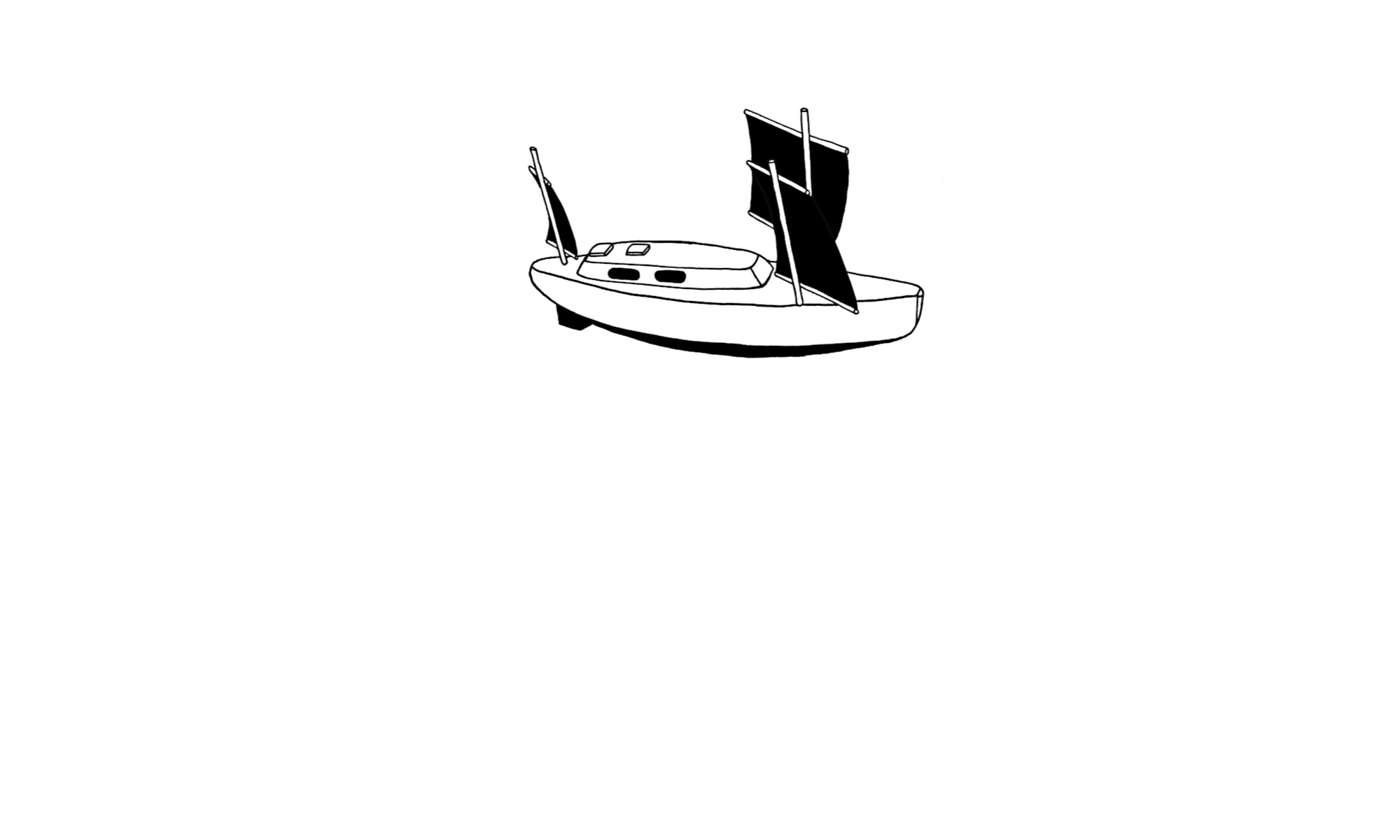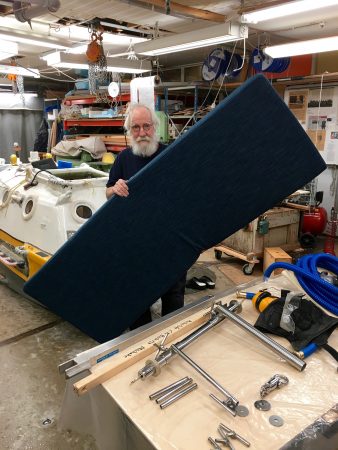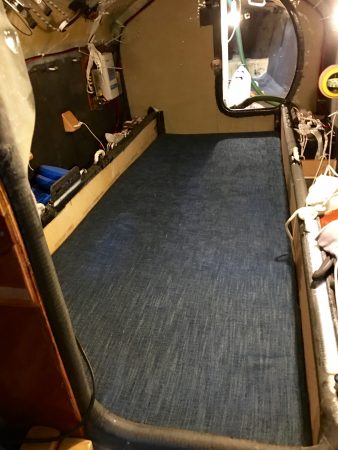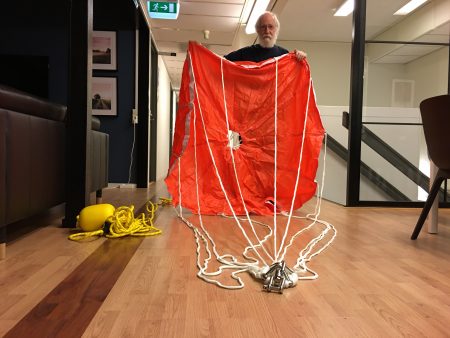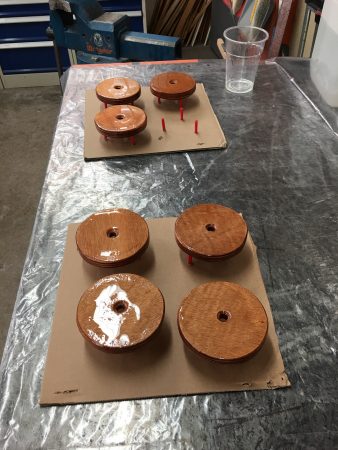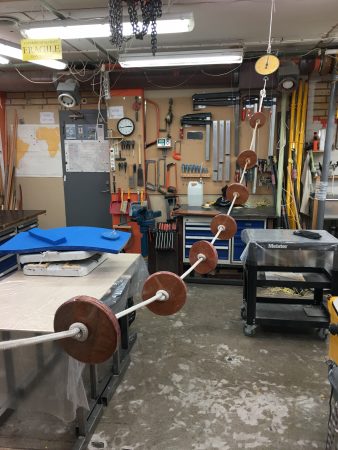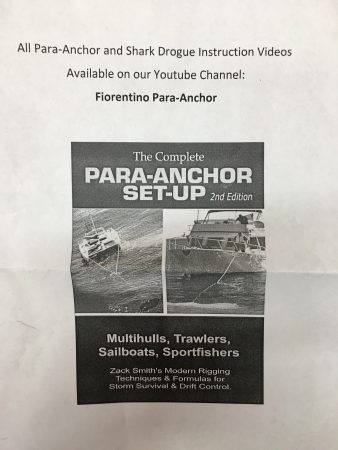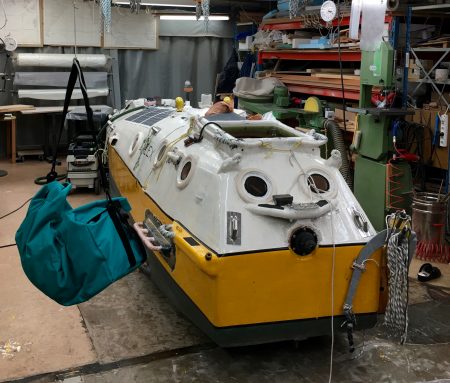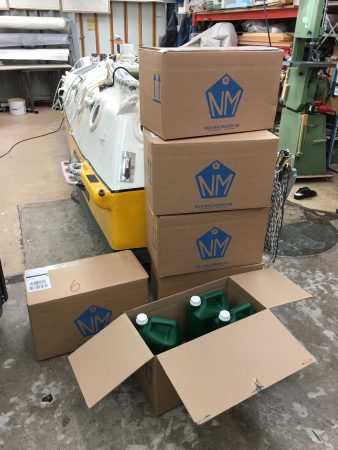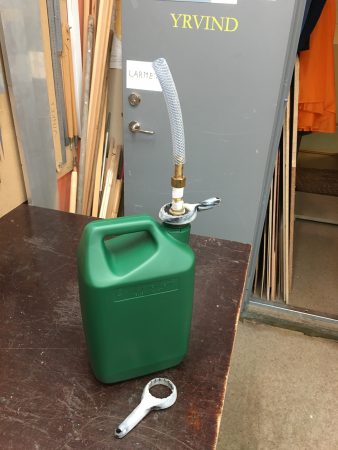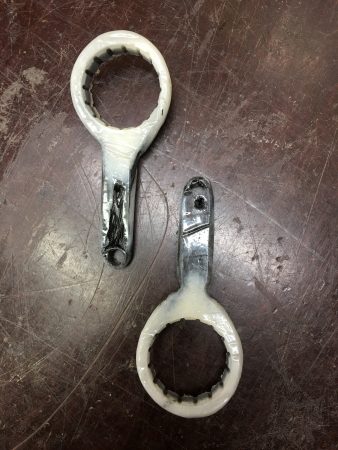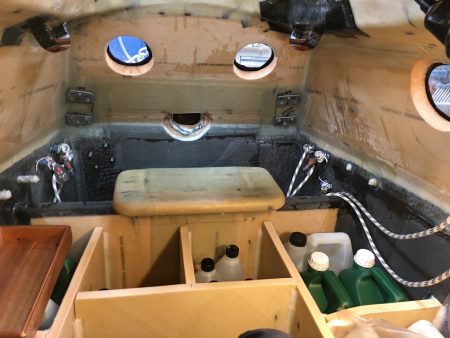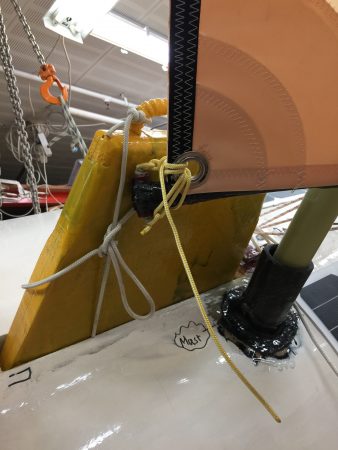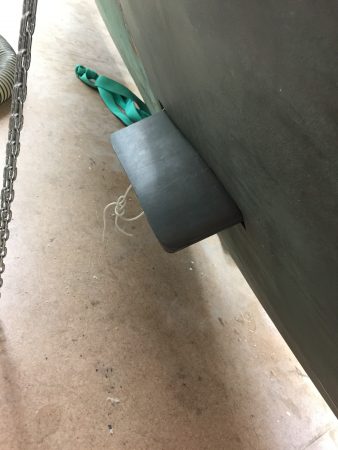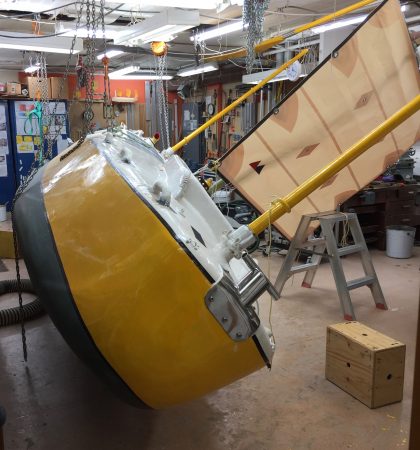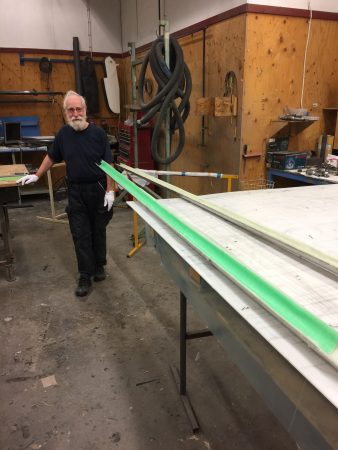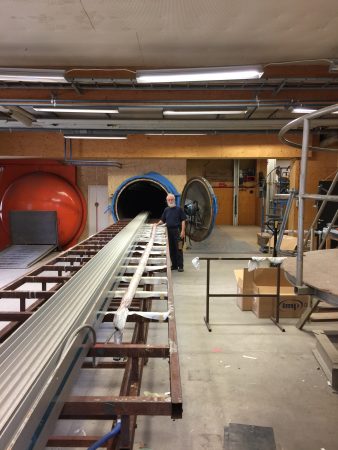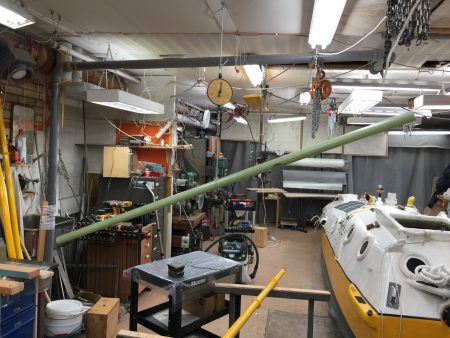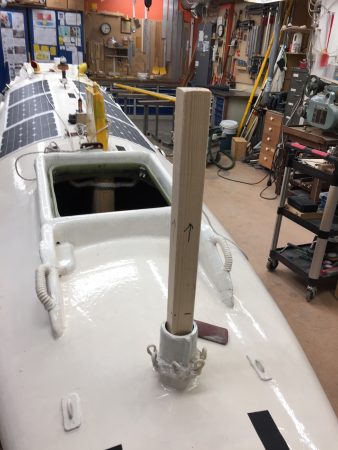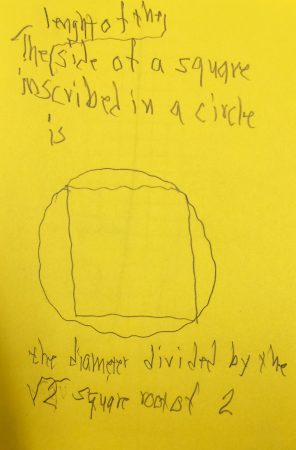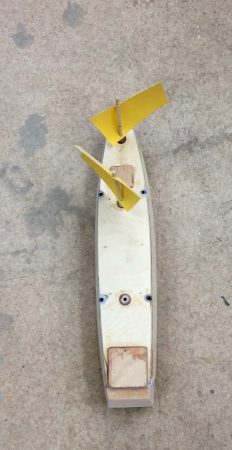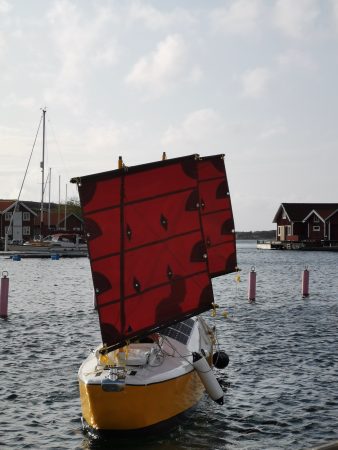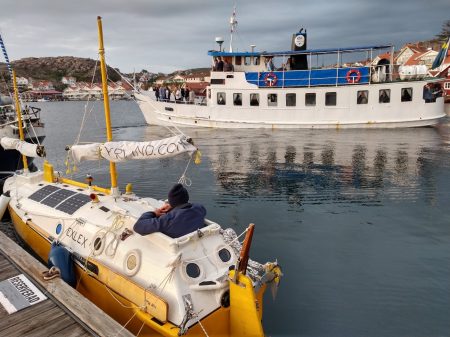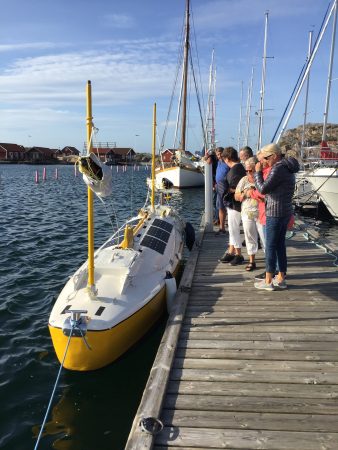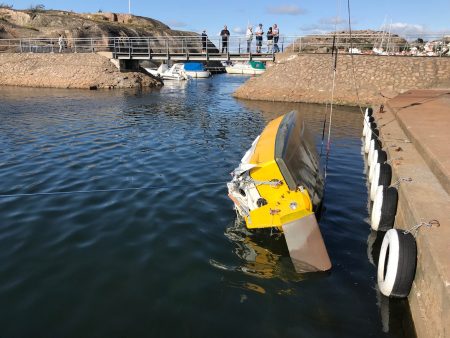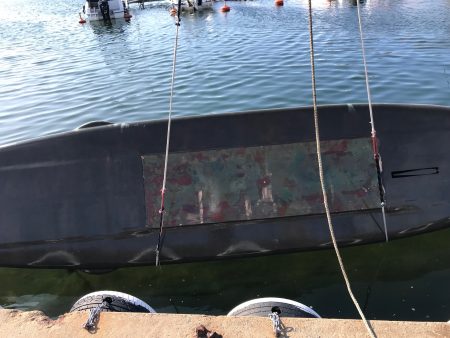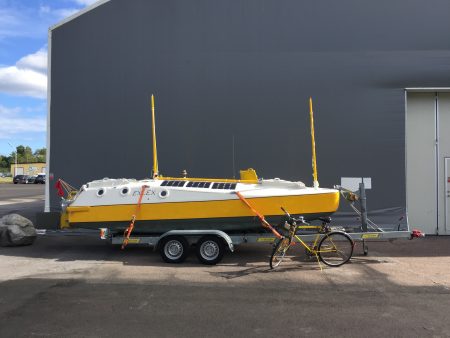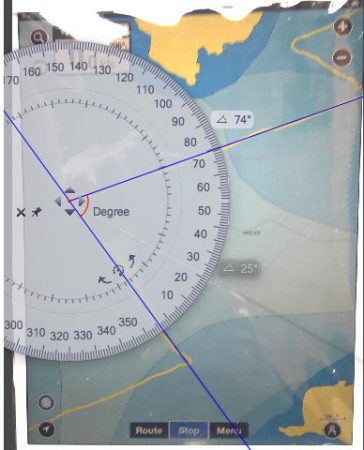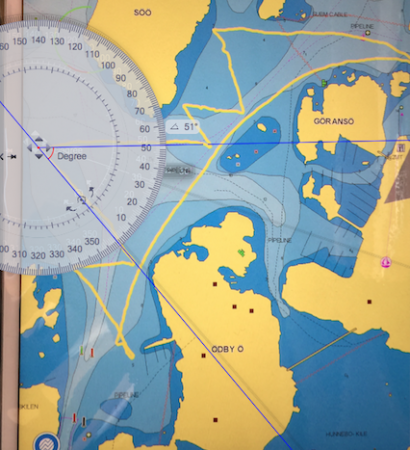At sea things better work! Better to find out before leaving port. I am testing the pump.
Test everything you can. There might be surprises. For example spare parts. The most prudent thing is to undo the original part and install the spare part. Then you learn whats involved how to properly the work, you also will have to find the right tools for the job and you know that the piece fits. Manufacturer keep without notice change things.
Like my pump. I ordered two extra pumps from Plastimo same as I had. I got the same pump, but it was an improved version. Improved from the factorys standpoint. It is lighter and uses less material. Sure that good for the world and our enviroment, but it was not easy to install. In my workshop with all the tools it went fine but it took several houers longer than the first version would have needed. The problem was the holes for the screws were situated under the pumphouse inaccesable. I had to take the pump apart. There were no instructions but I am a problemsolever so that was OK. Also the hoseclamp had to be put inside the handle holder. If fitted on a big boat with ample space there is no problem to twist the pumphouse into position. Exlex is not a big boat.
That being said. The new version is more efficient as can be seen from the video below. It realy emptied water at a fast rate. But if I had to do the fitting at sea without my workshop it would have been different.
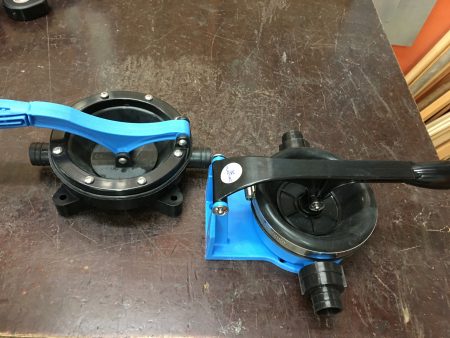
The good thing is the membram is now outside the pumphouse giving it a much longer stroke and thats a really good idea. The pump has gotten more efficient.
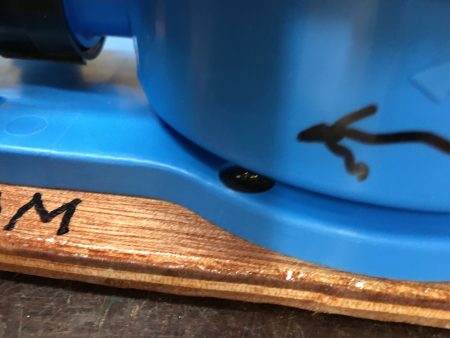
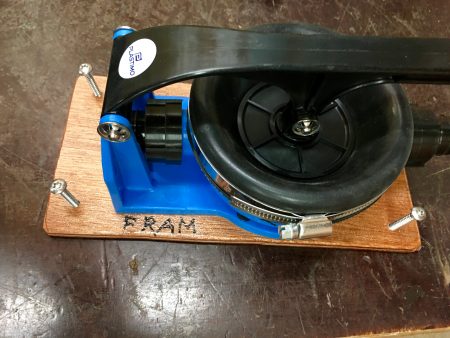
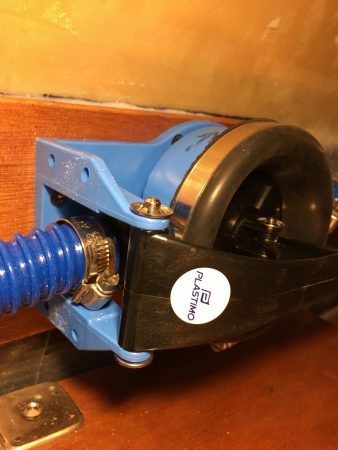
A video with the pump in action.
Hope you will have happy free time over Christmas and New Year.
To be continued…
Regards Yrvind
